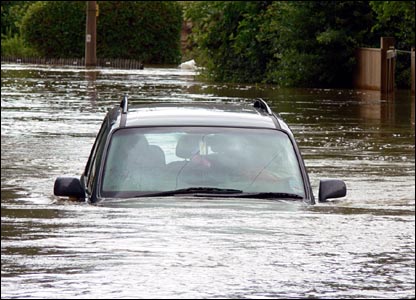How to Detect Water Damage in a Used Car

While buying a used car can be much more economical than a new one, it involves a lot of work on the buyer’s part to make sure that he is getting his money’s worth. The first rule is to not rush into things and take your time to inspect any vehicle you are looking to purchase. One of the major problems used vehicles have is water damage, after which a car is repaired and sold without the seller revealing the information to the buyer. Follow our tips below to make sure you don’t fall prey to any seller like that.
Instructions
-
1
Inspect the original title
You should always ask the seller for the original title and registration documents for the vehicle he is selling. While it varies from place to place, most states require car titles to say whether the car was submerged, salvaged or rebuilt. In either of these cases, the car has either been in an accident, or was considerably damaged. Salvaged cars are often bought from salvage yards and then repaired before they are passed on to unsuspecting customers. -
2
Musty smell
A musty smell strongly indicates moisture in the car, be it from water damage or otherwise. While it is common for old cars to have some odor, you should check the bottom sides and the plates over the rear wheels to see whether there is corrosion. The trunk can also give you a good indication of whether the car had been submerged at some point. -
3
Check for dampness
You should lift up the carpeting from under the seat and check the floor for dampness. If the floor is damp, it might be because of water damage or because the floor is damaged enough to let water splashes from the road (rain or puddles) enter the car from below. Damaged floors can be quite dangerous because as corrosion progresses, the car’s floor becomes weaker. -
4
Inspect the interior
If there is any fabric padding on the doors you might be able to notice borders or lines indicating water damage. Moreover, if the dashboard of the car has not been replaced, it might be a little too soft to the touch and the material might not be as resilient after prolonged exposure to water. An odometer reading which is not relatively realistic according to the vehicle’s age is also indicative of replaced parts due to severe damage, from water or otherwise.







